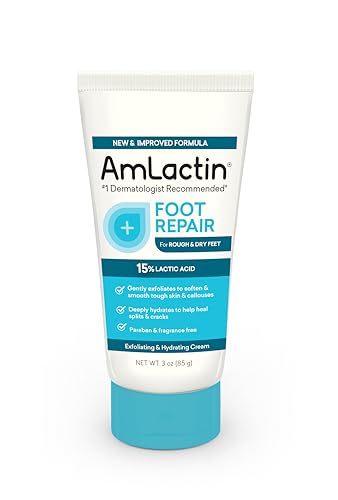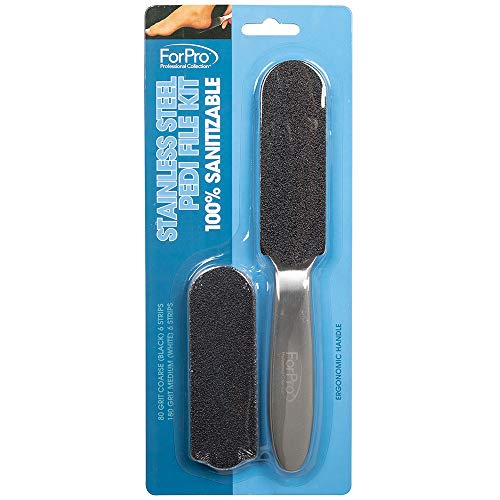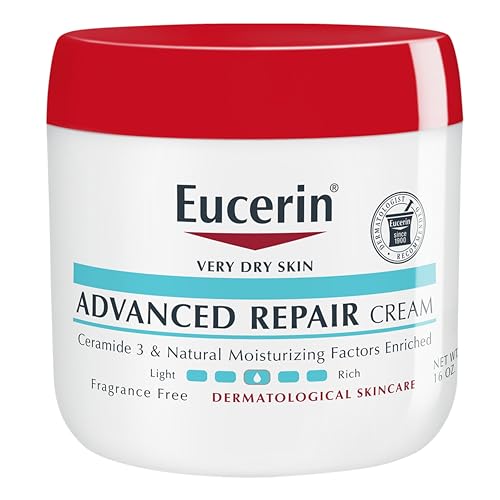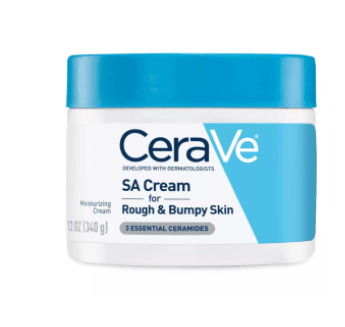For many, sandal season is approaching, which means it’s time to address any calluses — new or recurring — that you might have on your feet.
While calluses typically don’t create medical issues, they can be annoyingly stubborn, which is why dermatologists and podiatrists often see patients complaining about them. To help you find the best products for preventing and treating foot calluses, we asked a board-certified dermatologist and a podiatrist about what causes the annoying build up of hard, dry skin on your feet. Furthermore, we asked them to share the products they recommend to their own patients — including pumice stones, files, and creams — and break down which items aren’t worth your money and may even cause damage.
Here’s everything you need to know to get baby smooth feet all summer.
SKIP AHEAD What are calluses? | How we picked the best products for foot calluses | The best products for foot calluses in 2025 | How to shop for treatments for foot calluses
Selected.
Show 1 More
Show Less
What are calluses?
Simply put, a callus is a patch of hard, thickened skin. Friction or repeated pressure typically cause them, so while you can get calluses anywhere, they’re most common in places where your skin is constantly rubbing against something — like your feet.
How we picked the best products for foot calluses
To help you free yourself from the persistent nuisance caused by these hard lumps of tissue, we asked foot experts about the best way to treat stubborn foot calluses and what products they recommend to prevent them. The secret, according to experts we spoke with, is a combination of physical exfoliation, chemical exfoliation, topical hydration, and adjustments to your footwear. Here’s what to keep in mind:
- Physical exfoliation: When looking to remove a callus quickly, many people reach for a physical exfoliator like a foot file or pumice stone. These work but it pays to be choosy and proceed with caution, our experts recommended. “The only physical exfoliation that I recommend is a gentle pumice stone in the shower — nothing like a cheese grater,” says Priya Parthasarathy, DPM, is a podiatrist for the U.S. Foot and Ankle Association based in Silver Spring, Maryland and a spokesperson for the American Podiatric Medical Association. “Some people get blades and try to remove the dead skin themselves. Those are all very dangerous.” Harsh files damage the skin, creating the risk of injury and infection and the potential to make the callus worse, according to Parthasarathy. “Causing that area to be traumatized, one can cause the calluses to come back worse because your body’s trying to keep protecting itself,” she says. We looked for products that are both gentle and easily sanitizable to prevent the buildup of bacteria.
- Topical ingredients: To keep skin soft, experts recommend foot creams with moisturizing ingredients like shea butter and jojoba oil. To break down hardened tissue at a cellular level, Kiran Mian, D.O,, a board-certified dermatologist at Hudson Dermatology and Laser Surgery in New York City, recommends looking for creams that have exfoliating acids called lytics, which help break down the keratin buildup behind rough and bumpy skin. Our list includes formulas with urea, lactic acid, and salicylic acid.
- Inserts: Calluses are caused by repeated friction in a certain area. When it comes to foot calluses, ill-fitting shoes or quirks of your individual foot physiology are often the culprit. Custom orthotic inserts are the most effective way to address the cause of a recurrent callus, but over-the-counter inserts can also be helpful. “I definitely don’t start with saying every patient needs an orthotic,” says Parthasarathy. She recommends starting with an over-the-counter pad designed to fit your area of concern (i.e. a metatarsal pad or cushion for your pinky toe), ideally reusable and made of gel. You may still want to consult a podiatrist. “It’s really important to know where to place this pad to take pressure off the ball of your foot to take pressure off that callus,” Parthasarathy says. “It’s a great test to see if an orthotic would be helpful.”
The best products for calluses in 2025
ForPro Professional Collection Stainless Steel Pedi File Kit
Cleanliness is a big concern when it comes to finding the right physical exfoliator or foot file, according to Mian. Bacteria and fungus can build up on pumice stones you keep in the shower and introduce the risk of infection, foot fungus, or warts. Mian recommends using a professional-grade foot file with disposable exfoliating pads like the ForPro Professional Collection Stainless Steel Pedi File Kit. Simply remove the sticky, sandpaper-like exfoliating pad and discard after each use. This kit comes with coarse and fine grit exfoliating pads.
Mr. Pumice Pumi Bar
Both experts we spoke with emphasized the need for gentle exfoliation over harsh foot files. Parthasarathy finds the Mr. Pumice Pumi bar to be just the right amount of abrasive. “It’s very gentle — use it with mild pressure,” she says.
Amlactin Foot Repair Cream
AmLactin’s Foot Repair Cream uses 15% lactic acid to break down the tough keratin buildup behind stubborn foot calluses. It’s gentle, but effective, says Parthasarathy, who recommends using an exfoliating lotion, like this one, twice a day. The results are noticeable, according to reviewers, which is also why it’s included in our guide to the best foot creams in 2024.
Cerave SA Cream for Rough and Bumpy Skin
As a multitasking product, Mian likes Cerave’s SA Cream for Rough and Bumpy Skin to treat calluses. The full body cream is technically formulated for psoriasis and has salicylic acid and lactic acid to help gently exfoliate. She particularly likes that this creme also has hydrating barrier building ingredients, specifically ceramides and hyaluronic acid, to help draw moisture into dry foot skin and prevent calluses from coming back.
Eucerin Advanced Repair Cream
While technically not a callus cream, Eucerin’s multitasking Advanced Repair Cream is great for treating calluses, says Mian. In addition to hydrating ingredients including shea butter and ceramides, it also has lactic acid and urea, a keratolytic that helps soften and break down the build up of rough skin.
Eucerin Roughness Relief Spot Treatment
Mian also likes Eucerin’s Roughness Relief Spot Treatment. Like the brand’s Advanced Repair Cream, it has moisturizers (ceramides and sunflower seed oil) as well as lactic acid and urea to help break down thick patches of callused tissue and soften skin. For stubborn calluses, this formula packs more of a punch: it has three times the concentration of urea than the brand’s Roughness Relief Body Lotion. The targeted spot treatment tip also makes for easier application.



